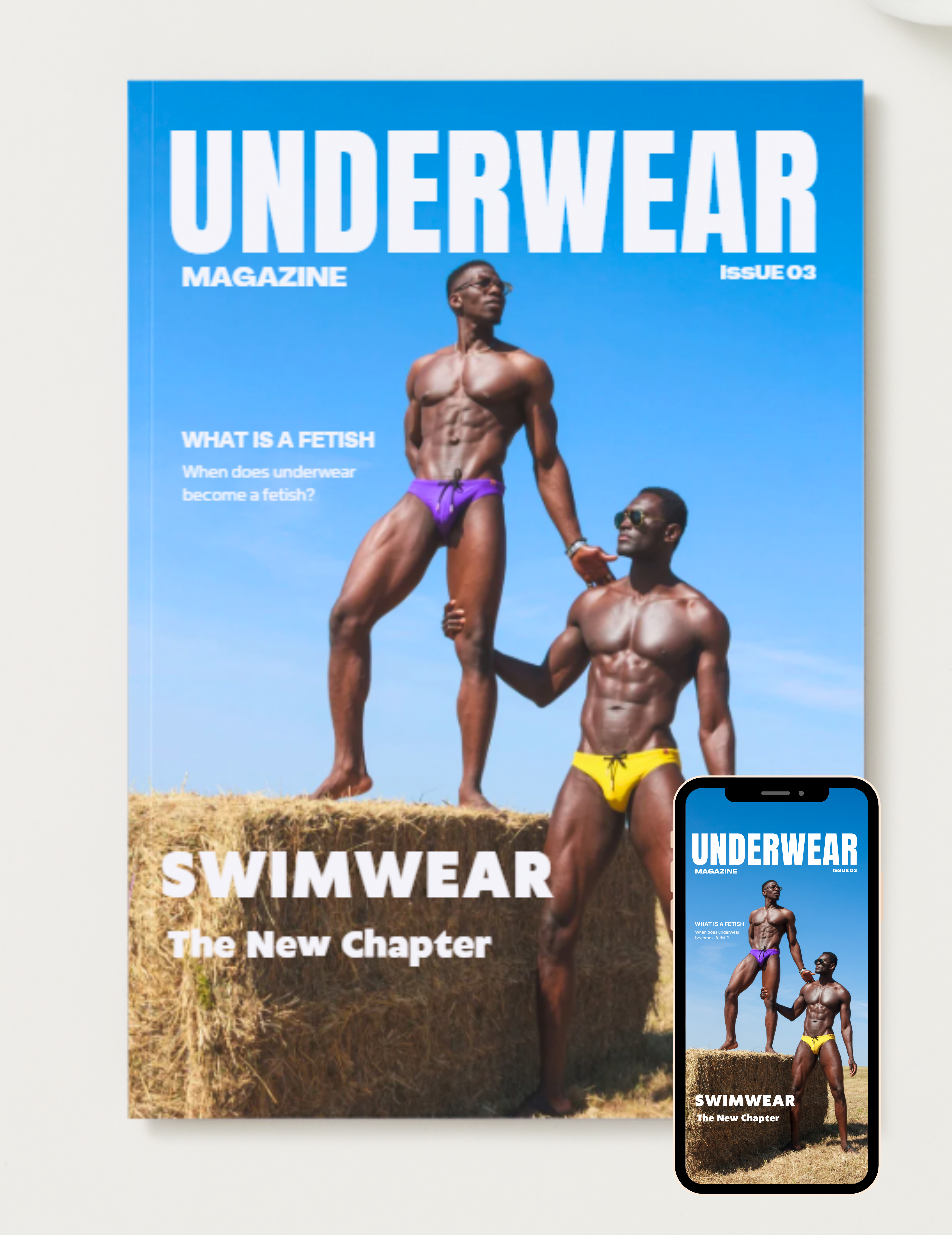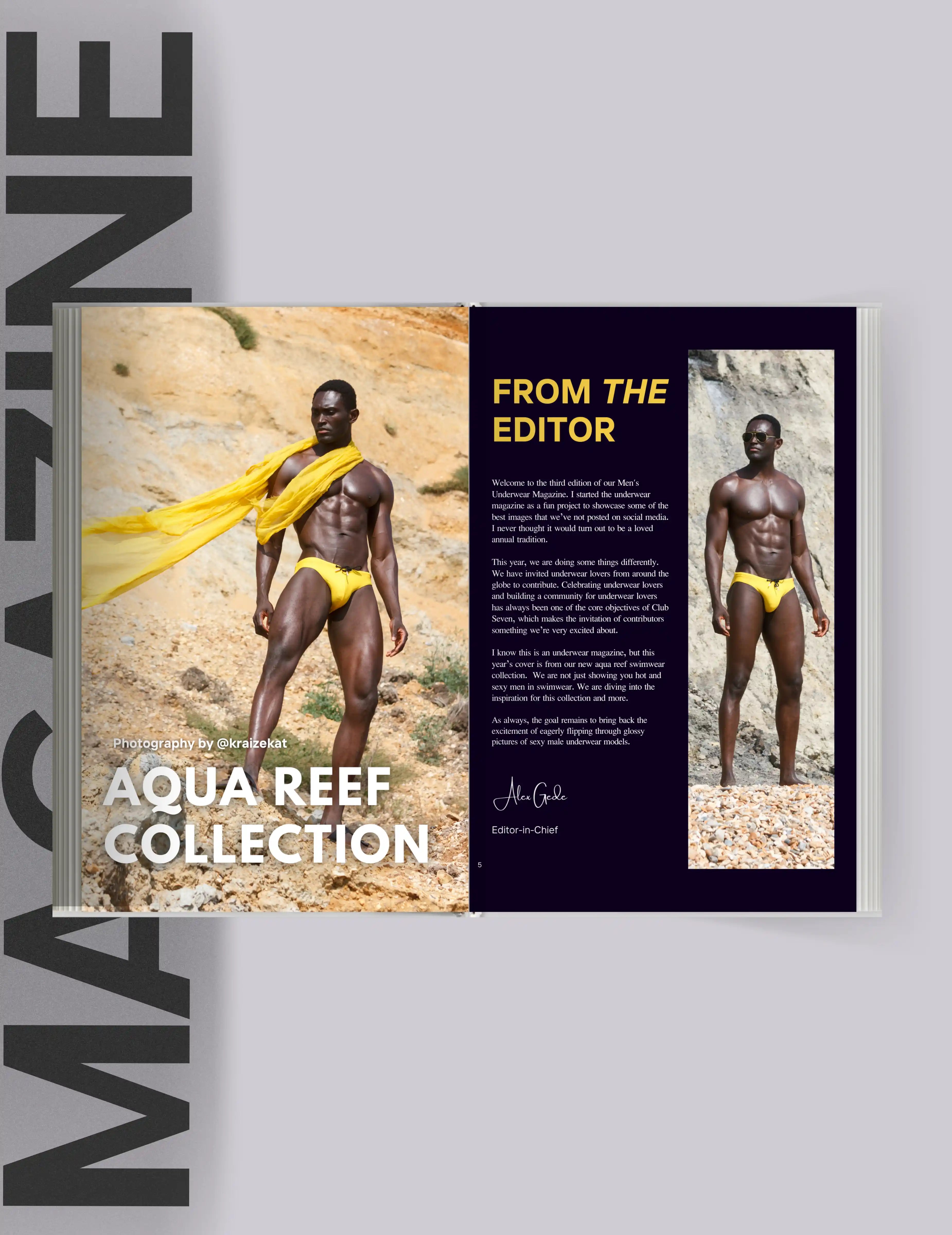What is Modal and why should I care about it? It may not seem apparent, but the material composition of what we wear is important for a variety of reasons. Yes, all your items of clothing, from underwear to t-shirts and everything else with the good fortune of being worn by you. Sustainability, activity, seasons, personal preference, and even your ethics will play a role in your fabric choices.
Today, we’re talking about Modal, its sustainability, and why you may want to incorporate it into a few of your wardrobe staples.
What is Modal?
Modal is the generic, umbrella name for this material, so don’t be alarmed when you see different types of Modal listed. Modal is a man-made, semi-synthetic fibre, and is a variant of Rayon or Viscose; a fabric name you may be more familiar with.
Now if you haven’t heard of Modal, it doesn’t mean you have never encountered it, you’re probably already wearing it. I mean, if you’re wearing anything from Club Seven’s copper legacy collection, then your nether regions are currently being cushioned by Modal. It is incorporated in the production of a wide range of items, including but not limited to underwear, t-shirts, pajamas, and bed sheets.
Where Modal truly found fame was in activewear, and when I outline its many properties, you’ll know why.
Soft & Luxurious
Modal is not used enough for men's underwear. We are here to change that. Try our modal fabric men's underwear and you will understand why it should be picked over the most common 95% cotton and 5% spandex underwear
Why choose Modal?
Modal is an appealing fabric for activewear due to its absorbent quality. If you can work up a sweat, modal can hold it, or at least give it a good go. 50% more absorbent than cotton, it has micro pockets that hold moisture beautifully, making it a great choice for underwear, activewear, and just regular items of clothing in the warmer months or when you have activities like pub crawling or chasing an active toddler.
Its inherent breathability should help you not smell like what you’ve been through but carry your deodorant with you all the same.
Another thing that makes Modal an attractive addition to clothing is its durability. It is a tightly woven fabric that is easy to care for and dries easily; comes in handy for when you failed to pack an extra pair of underwear or t-shirt for that trip out of town and you need to do a quick wash in the sink. It also withstands stress beautifully, adapting to a range of activities stretching to accommodate squats, and returning to the initial shape. Modal is incredibly resistant to shrinkage and pilling.
Now I have been found guilty of having a shopping addiction, but part of the appeal of Modal is that your pieces will last so long, a person with more discipline than I have can shop less frequently.
Finally, it feels amazing. Have you ever laid on 1000 thread count sheets? No? I take it you’re in my tax bracket, how about satin sheets? That’s the best I can do to describe just how soft Modal feels. A large part of Modal’s appeal is how soft it is and how it retains that softness over numerous washes.
Modal is often blended with other fabrics, to improve the of range of fabrics. It blends with cotton to increase its strength and reduce shrinking over time. Lycra and Spandex also blend well with Modal to improve flexibility and strength. Modal really is versatile in the way it blends with other fabrics, creating beautiful, durable, lightweight blends that feel like pure sin against your skin.
Modal & Cotton?
Modal is often blended with other fabrics, to improve the range of fabrics. It blends with cotton to increase its strength and reduce shrinking over time.
Is it sustainable?
Modal is produced with naturally occurring cellulose, which is sourced from a renewable crop, mainly beech trees. It is durable, recyclable, and technically biodegradable, which may be appealing to the eco-friendlier among us. I’ll be real, while the fabric itself is an environmental beauty, the process of producing Modal is not inherently sustainable, but steps have been taken to make source and process Modal responsibly and sustainable.
Some of these steps include sourcing the cellulose from renewable trees and as much as possible, planting the required trees on the land that cannot be used for much else. We won’t want a population starving just so we can hike in comfort.
Another important step that has been taken to improve the sustainability of producing Modal is using a closed-loop solvent system, to ensure that chemicals used in processing are reabsorbed and not exposed to the air and water sources.
Wear Club Seven Modal Men's Underwear?
In summary, when responsibly sourced (shouldn’t everything be responsibly sourced?), Modal can be an ethical choice for your clothing. It is durable, recyclable, and biodegradable. And honestly, with how durable it is, you won’t be needing to recycle or “biodegrade” it for a while. You can always pass it on to a grandchild, or maybe your local charity shop if you don’t want to wait that long.
There are many reasons to choose or not choose Modal, or any other fabrics, and at the end of the day, it’s all down to what you want out of your clothing. So, let me know, are you more inclined to look at the material tags on your clothes? Will you be leaning more toward Modal blends? Or are you in the “not particularly fussed” camp?












